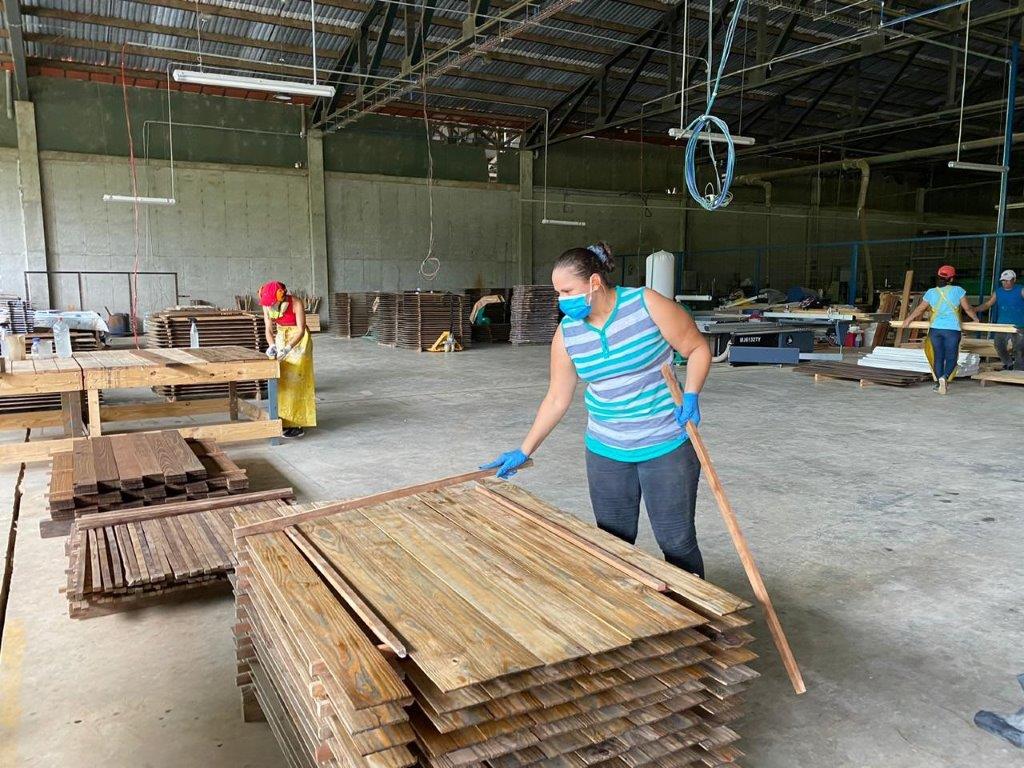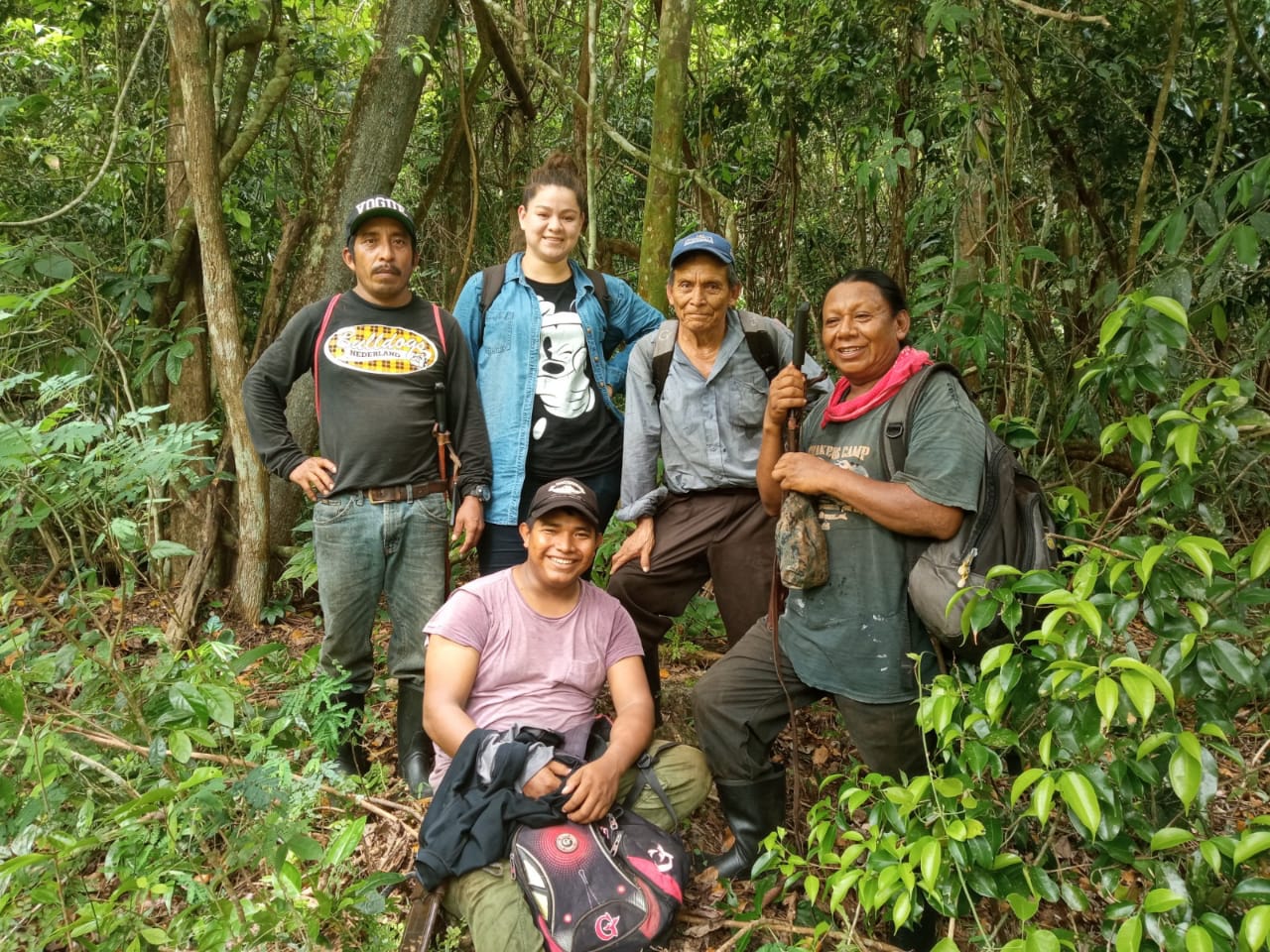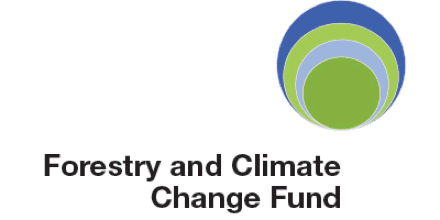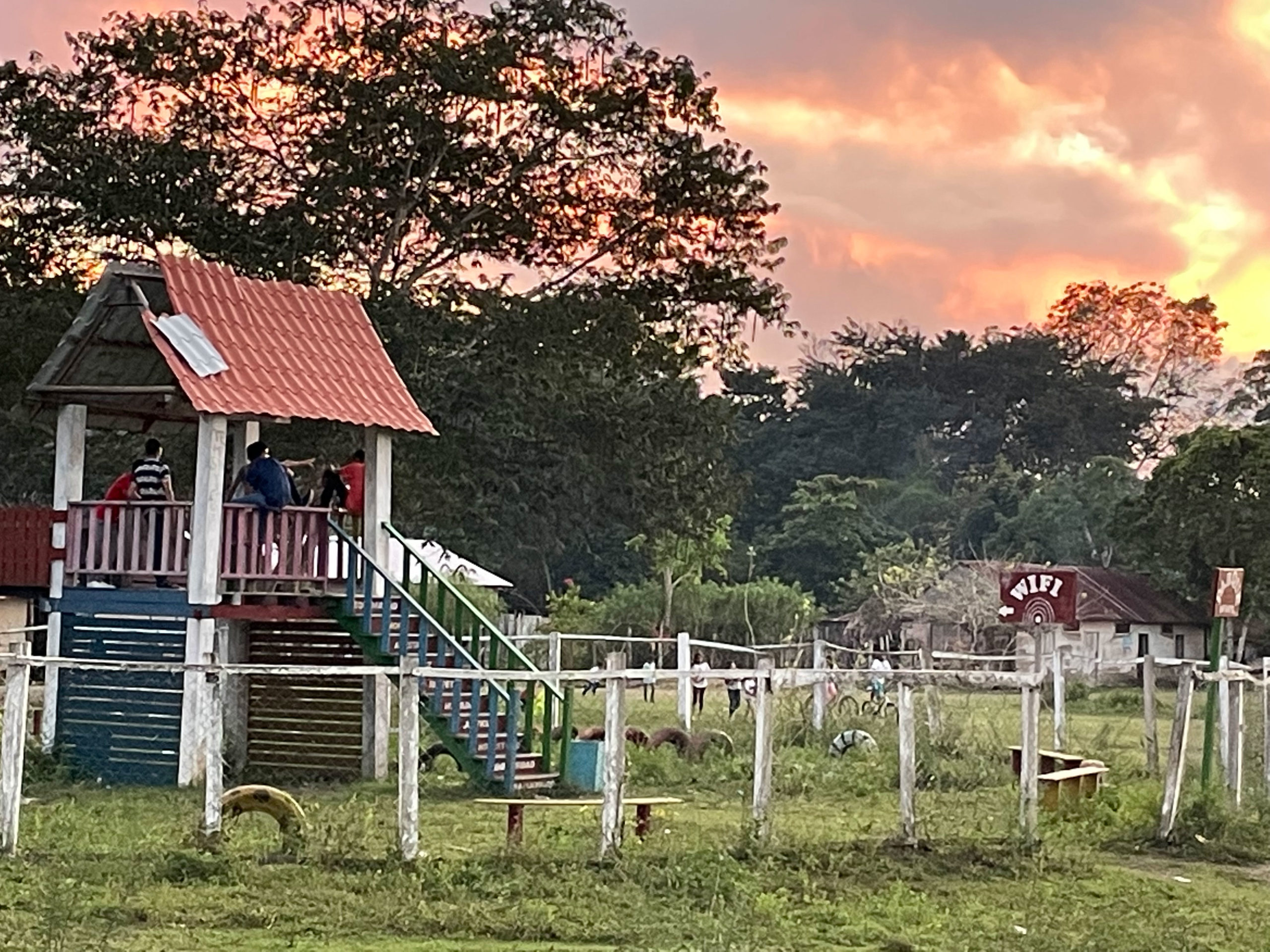Cooperativa Carmelita (successfully exited)
The Cooperativa Integral de Comercialización Carmelita R.L. (“Carmelita”) looks back to 120 years of history, started as a camp of rubber collectors (chicle in Spanish) in the subtropical forests of Northern Guatemala. Carmelita today has received stewardship from the Guatemalan State over a large forestry concession of 55,000 ha in the Mayan Biosphere Reserve, a protected area. It limits to the north with the biological corridor and El Mirador National Park. The community today counts a population of 411 inhabitants and has lost inhabitants over the past years.
Cooperative Carmelita completed about half of the 40 year management plan of the forest concession contract within the Mayan Biosphere which started in 1998. Over the years the Carmelita has demonstrated its ability to conserve the forest and defend the concession land from fire risks, illegal settlements and land use change.
The current forest management plan of the concession embraces a minimal intervention model, with a target production between 2 to 4 cubic meters per hectare in a 40 years harvesting cycle. With the inclusion of milling capacities, Carmelita offers round and sawn wood of high value species to local and international markets. The forest management activities are a major source of employment and income to the community, particularly during the harvesting season February – May. Cooperative Carmelita is one of the few communities with various business initiatives, ranging from the production of wood, non-timber products like honey, xate palm but as well agroforestry and tourism activities.
FCCF supports Carmelita through a working capital credit line allowing the Cooperative to finance the harvesting cycle under FCCF’s forest community credit initiative. The credit analysis process of FCCF has been supported by the NGO Rainforest Alliance and ACOFOP, the local community forest association. FCCF’s environmental impact objectives in this financing include the use of a wider range of secondary and lesser-known timber species to ensure a sustainable forest management over the long term.




